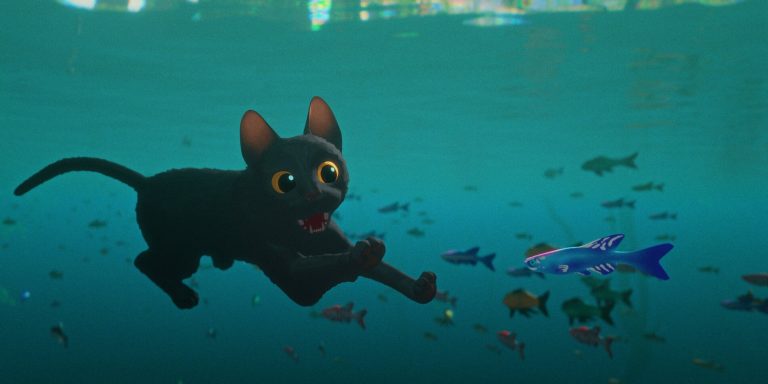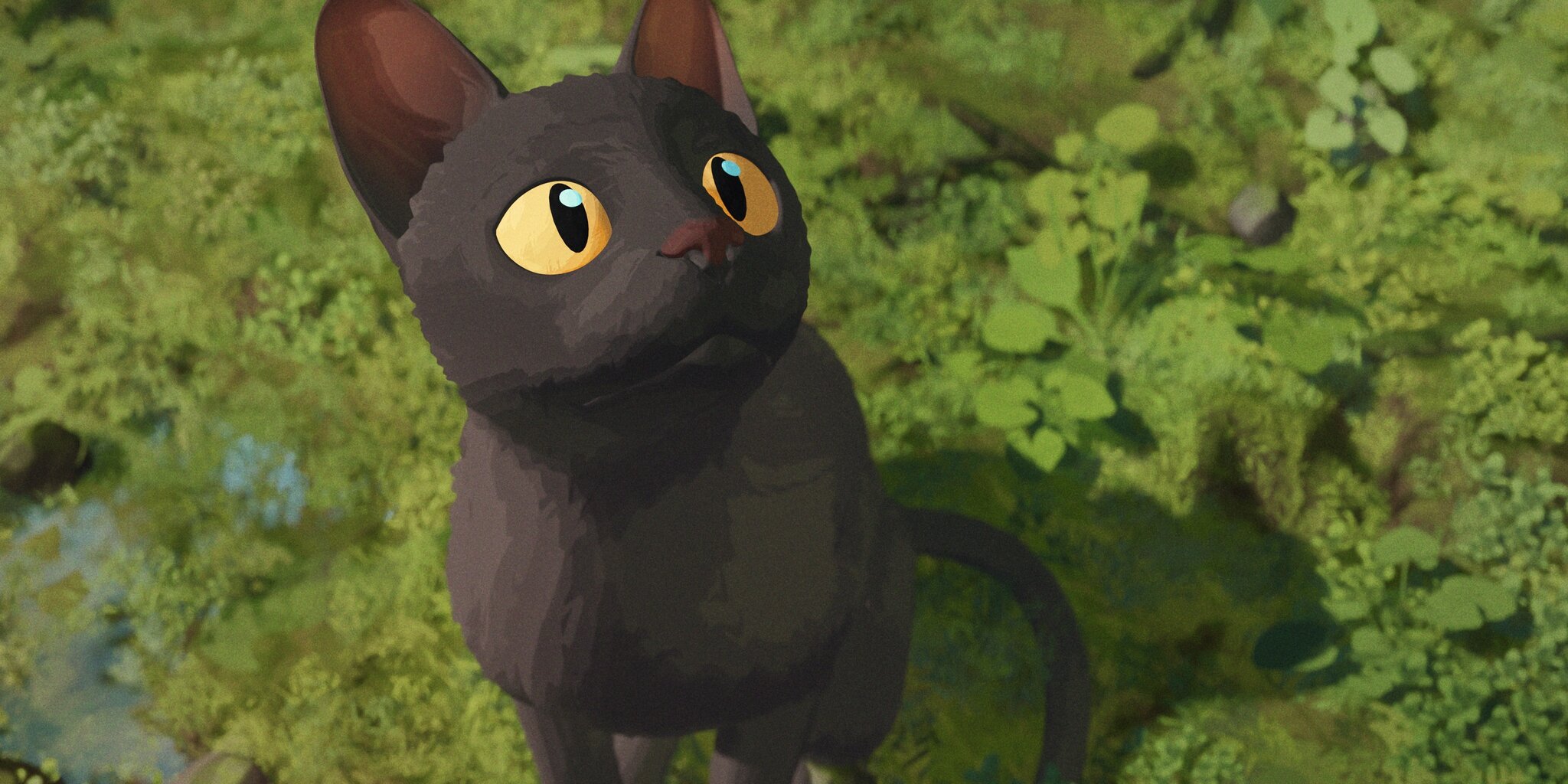The other night, I finally settled in to watch Flow — the acclaimed cat-centric animated film from director Gints Zilbalodis, whose movie became the first-ever from Latvia to win at the Golden Globes by beating out animated heavyweights like Inside Out 2. It arrived on VOD a few days ago, and it didn’t take me long after buying it from Apple’s digital store to realize why everyone has been raving about this story of a courageous cat’s journey to survive after a catastrophic flood.
Not a single word of dialogue is spoken throughout the movie, which I should also add is Latvia’s submission for Best International Feature at the upcoming Oscars ceremony. Because of the lack of dialogue, and because Flow also doesn’t anthropomorphize its main characters — a cute, wide-eyed cat, a capybara, a ring-tailed lemur, and a loyal Labrador — it relies on beautifully crafted visuals and an evocative score to weave a tale of survival, resilience, and hope, a combination that’s turned so many people who’ve seen the film into a weepy, blubbering mess.
Bill Hader is one of them. He’s raved about Flow that it was the best movie he saw over the past year, and that it even made him want to get a cat in spite of the fact that he’s allergic to them. As for me, I had already decided that Flow was the most remarkable animated film I’ve seen in years, certainly better than anything Disney or Pixar have done in quite a while, when about halfway through watching it my own black cat walked over to my TV and plopped down in front of it. As enraptured by Flow‘s hyper-realistic natural beauty, and maybe even as caught up in the fate of a fellow black feline, as I was.

I’d be lying if I said that Flow didn’t make me wonder about the journey my own four-legged friend experienced before showing up at my door one day out of the blue. I certainly hope it wasn’t as fraught with peril as what we see unfold in the movie, which begins with a Biblical-scale flood in the distance that sends all sorts of animals thundering past the cat. The cat quickly gets the message and joins in the great migratory escape.
As they venture out into a world reshaped by the watery expanse, the interspecies evacuees encounter a lush, post-apocalyptic landscape that pulses with life and danger in equal measure. The cat, meanwhile, is our point of focus, joined eventually by the creatures mentioned above who instinctively decide to rescue each other from the water-logged Earth. Their adventure takes them from overgrown ruins to mist-laden valleys and across surreal, dreamlike waterscapes; along the way, other animals like a secretarybird and a mammoth whale show up to save the cat just in the nick of time. A metaphor, perhaps, for the way that we, too, need the help of others to successfully navigate an unforgiving world.
I, for one, definitely needed something for my frayed nerves throughout the movie, as the cat you can’t help rooting for seems to use up almost all nine of its lives in escaping the flood’s watery dangers. I won’t spoil the ending for you, but suffice it to say: There’s something surprisingly hopeful in watching a makeshift community decide to not be alone in facing down the apocalypse. How’s that for a perfectly timed moral, the idea that companions in crisis can survive the roaring tides around them.
